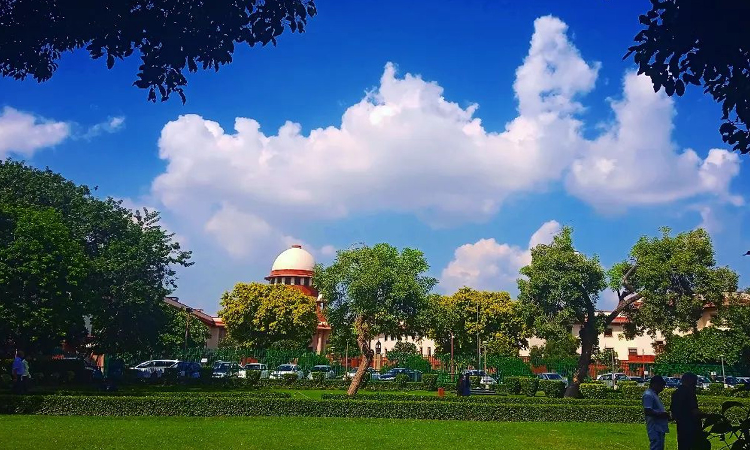‘Delhi Ridge City’s Lungs, Supplies Oxygen' : Supreme Court Prohibits DDA From Allotting Lands In Protected Areas
Awstika Das
11 Feb 2023 9:00 AM IST

Next Story
11 Feb 2023 9:00 AM IST
Delhi Ridge act as the lungs that supplies oxygen to the citizens of Delhi, said the Supreme Court on February 8 while enjoining the Delhi Development Authority from allotting any land in areas which are under consideration for being notified as protected areas. A division bench comprising Justices B.R. Gavai and Vikram Nath pronounced: “This court had observed that not only...
